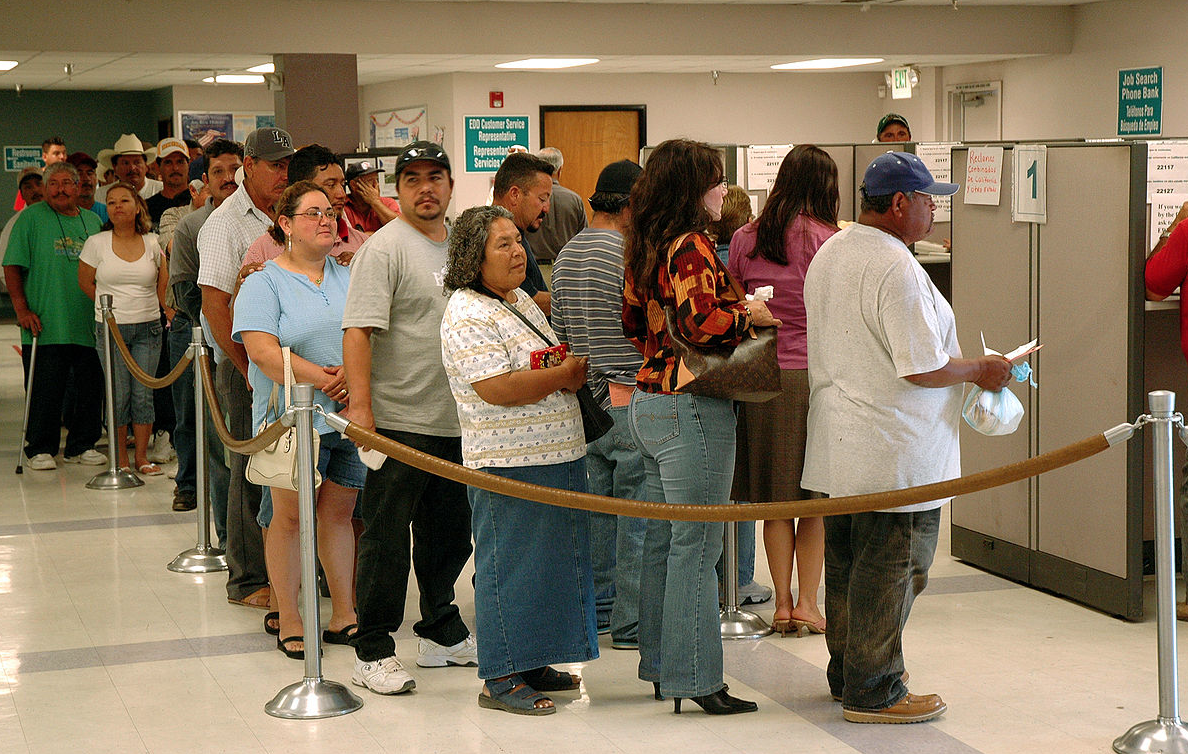This article is presented by Avail. Read our editorial guidelines for more information.
One of the easiest ways to establish a consistent income stream is by improving lease renewal rates among your tenants. Doing so can help you avoid turnover costs that quickly add up and help you retain tenants you’ve enjoyed renting to.
There are various ways to find and keep great tenants, but we outlined the top six ways to increase lease renewal rates.
1. Provide a Positive Renting Experience For Tenants
One of the strongest ways to increase lease renewals is by offering tenants a renting experience that considers their feedback and addresses their complaints. In other words, the quicker you act on maintenance tickets or implement feedback on making paying rent easier, the more likely a tenant is to renew, even if you plan on raising rent.
But exactly how can this be done? That depends on the feedback you generally receive that could impact a tenant’s desire to renew. For some, this can be a non-working A/C unit or outdated kitchen appliances. For others, this can be paying rent via checks versus online payments. The key is having a good grasp on how your tenants feel about both the rental property and adjusting where necessary.
2. Regularly Request Feedback From Tenants
Requesting feedback from your tenants on a monthly or quarterly basis can provide visibility on the areas of improvement, which can increase the likelihood of your tenants renewing if immediately addressed.
To collect feedback, this can be through direct contact with your tenant (if you have the time), or you can create an online form to email your tenants at a cadence you prefer. This method can make it easier to keep track of feedback, especially if managing several rental properties or tenants. Examples of questions to include in the form can be:
- How would you rate your current experience at [address] on a scale of one to 10? One being horrible and 10 being excellent.
- Do you have any feedback on your experience with our team? This could mention you as the landlord or a property manager.
- How likely are you to renew your lease once your existing lease expires? If not likely, please elaborate on why.
You can determine what changes to make to increase your lease renewal rates from these responses.
3. Offer Incentives to Renew a Lease
While this is not required, there are different ways to incentivize tenants to renew that can sometimes be the final nudge a tenant needs to lock in a new lease. Some examples of this are:
- A slight percentage or dollar amount reduction to the new rent price.
- Free rent payment reporting to credit bureaus.
- Waived payment processing fees (if able).
The opportunities are endless, so explore options you’re comfortable with offering.
4. Notify Tenants in Advance of Plans to Raise Rent
Over the past few years, all-time-high rent prices have been top of mind for millions of renters, so it’s no surprise that they’re often not excited to learn about a landlord’s plan of raising rent. Although this is inevitable to increase profits and cover the rising cost of managing a rental, it may be best to notify your tenants 2-3 weeks before sharing the lease renewal proposal to talk through it first.
You can provide your reasons for raising the rent and let your tenants share their thoughts on your plans. They may try to negotiate a lower rent price that’s still above their current rent. In this case, you can decide if you’re flexible on your plans to increase the chances of them renewing or will stick to your new price.
5. Make the Lease Renewal Process Easier to Complete
Automation is a landlord’s best friend—it helps you save time (and even money) by simplifying tasks that have historically been manual, such as lease renewals. Instead of going back and forth with tenants via email on lease renewal plans, you can leverage property management software to automate the process.
As the landlord, you can input the new rent price and any incentives you plan to offer. The system will usually ask your tenants if they want to renew. If so, they can sign a new lease agreement with an updated rent price and new clauses (if any) to sign online. If not, you can begin the tenant turnover process by marketing your rental property on reputable rental sites.
6. Add Improvements to the Rental Property
Like with many things, certain characteristics or features of your rental property can be considered past its prime and time for change. If you’re unable to offer incentives or make any further changes to how you manage your rental, consider improving the property itself. This can be anything from refreshing the paint in each room to replacing the kitchen appliances with new stainless steel ones.
Some tenants may offer to add changes themselves, which can be helpful, but ensure they’re not violating landlord-tenant laws by doing this or expecting a deduction in rent in return.
Conclusion
Being able to retain your tenants not only ensures a consistent rental income stream but can also improve the reputation of your business. That’s why implementing steps, whether it be offering incentives or regularly requesting feedback from tenants to improve processes, is an integral part of the success of your business.
This article is presented by Avail
Feel good about the way you manage your rentals.
Avail, by Realtor.com, is free rental property management software that enables landlords to advertise their rental property listing across a dozen sites, screen tenants with customizable questions, request in-depth background checks, create and sign state-specific leases, collect rent, track your rental income and expenses, and much more — all online.
512,000+ landlords use Avail because it’s the only end-to-end platform that helps you scale from beginner landlord to professional with tools, support, and education.
Note By BiggerPockets: These are opinions written by the author and do not necessarily represent the opinions of BiggerPockets.














